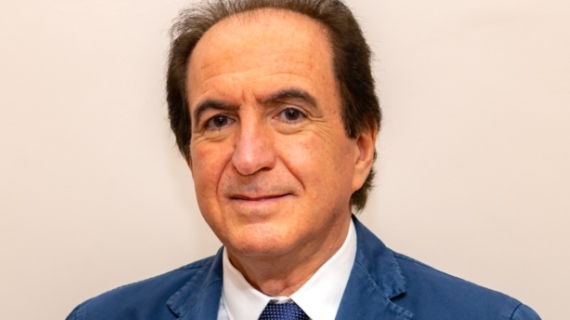Domenico Ricucci
Success and failure in endodontics. Biological and mechanical determinants

- Domenico Ricucci received his degree in General Medicine from “La Sapienza” University of Rome in 1982, and his DDS from the same University in 1985.
- Since then on he has maintained private dental practices limited to endodontics.
- Ricucci’s primary research interest relates to pulpal and periapical tissue reactions to caries and treatment procedures, biofilms in endodontic infections, etiology of RTC treatment failure, pulp regeneration/revascularization.
- Since 1998 he has run his own histology laboratory and has developed considerable skills in hard tissue preparations for light microscopy.
- He has published 114 papers.
- He has authored the Textbook and Atlas “Patologia e Clinica Endodontica”, the textbook and atlas “Endodontology. An integrated biological and clinical view”, also translated into Chinese, Russian, Japanese. He has also authored or co-authored 22 book chapters.
Nationality: Italy
Scientific areas: Endodontics
10 of november, from 09h00 until 12h30
Auditorium C
Conference summary
After caries penetration of the pulp tissue, pulp degeneration takes place in apical direction. Bacteria are often observed to form complex structures, known as “biofilms”, adhering to the root canal walls. These structures can be observed in lateral canals and apical ramifications, and only their complete elimination will lead to endodontic success.
Tissue biopsies from failed cases demonstrate how infection from the apical root canal walls or from complex anatomic intricacies can hardly be controlled through conventional treatment procedures. The presence of extraradicular bacteria and their possible role in determining root canal treatment failures will be discussed.
The idea of moving a small instrument through the apical constriction with the intention of preventing debris accumulation and canal blockage during root canal instrumentation, as well as disrupting bacterial biofilms in the foraminal area, has gained increasing popularity among clinicians. On the basis of histologic and histobacteriologic observation of a large number of human biopsies, the advantages and disadvantages of this procedure will be critically analysed.
In the second part a clinical classification of the cracks is provided, together with an explanation of the histologic and microbiologic events occurring in dentin and in the underlying pulp tissue under cracks. The diagnostic aspect of the cracks are discussed, and the possibilities to maintain pulp vitality are illustrated. Through the presentation of clinical cases followed-up for long observation periods, it is stressed how the long-term prognosis of cracked nonvital teeth is questionable, with a fraction of them evolving into catastrophic vertical root fractures.